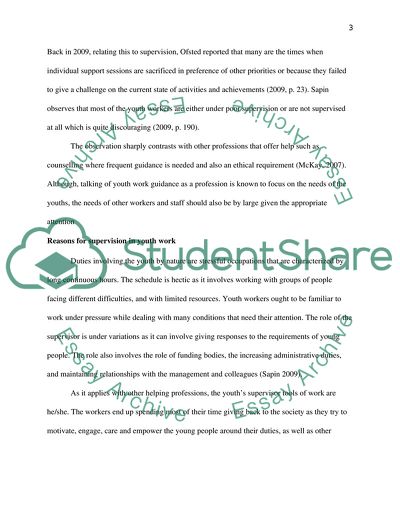Cite this document
(Supervision in Youth Work Term Paper Example | Topics and Well Written Essays - 2500 words, n.d.)
Supervision in Youth Work Term Paper Example | Topics and Well Written Essays - 2500 words. Retrieved from https://studentshare.org/law/1828322-supervision-in-youth-work
Supervision in Youth Work Term Paper Example | Topics and Well Written Essays - 2500 words. Retrieved from https://studentshare.org/law/1828322-supervision-in-youth-work
(Supervision in Youth Work Term Paper Example | Topics and Well Written Essays - 2500 Words)
Supervision in Youth Work Term Paper Example | Topics and Well Written Essays - 2500 Words. https://studentshare.org/law/1828322-supervision-in-youth-work.
Supervision in Youth Work Term Paper Example | Topics and Well Written Essays - 2500 Words. https://studentshare.org/law/1828322-supervision-in-youth-work.
“Supervision in Youth Work Term Paper Example | Topics and Well Written Essays - 2500 Words”, n.d. https://studentshare.org/law/1828322-supervision-in-youth-work.


